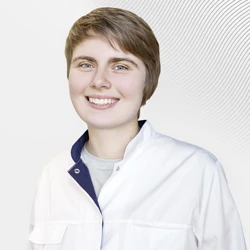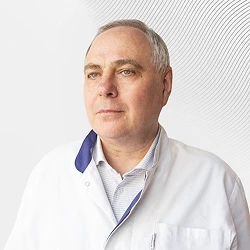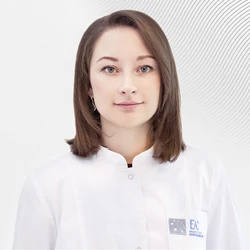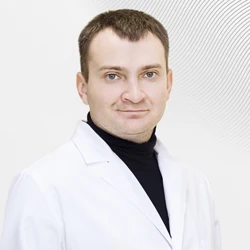Bipolar affective disorder (BAR)It is one of the most common mood disorders and is characterized by recurring manic, depressive, and mixed episodes (phases). At the same time, in the period between the phases, the symptoms of the disease are completely absent, and patients return to a normal level of activity, successfully study and work.
According to modern concepts, there are two main forms of bipolar affective disorder (BAR) – type I BAR (BAR I) iBAR type II (BAR II):
-
Type I BAR (manic-depressive psychosis, MDP) – characterized by extensive episodes of mania and depression, separated by periods of normal well-being.
-
Signs and symptoms of the depressive phase in BAR
-
Low mood;
-
Loss of the ability to be happy and interested in anything;
-
Decreased energy, increased fatigue.
Additional symptoms may occur:
-
Decreased attention and ability to concentrate;
-
Low self-esteem;
-
The idea of guilt and a sense of self-worth;
-
Anxiety (agitation) or lethargy;
-
Aggressive actions aimed primarily at oneself (self-harm or suicidal behavior);
-
Sleep disorders (difficulty falling asleep, frequent night awakenings, early morning rising);
-
Decreased appetite.
In addition, depression can have so-called "atypical features" within the BAR, such as daytime sleepiness, increased appetite (with cravings for foods rich in carbohydrates, such as chocolate), heaviness in the body (especially in the muscles of the shoulder girdle), increased sensitivity to external emotional stimuli.
Signs and symptoms of mania:
-
Elevated, irritable, or suspicious mood that is not typical for this person (the mood change should be distinct and persist for at least a week).
-
At least three of the following symptoms should be present (if the mood is only irritable, then four), causing serious violations of personal and social communication (conflicts in the family, at work, with law enforcement agencies). In this case, it may be necessary to be hospitalized, including in a preventive manner.
-
Increased self-esteem, the idea of one's own special significance and grandeur;
-
Reduced need for sleep (3 hours of sleep per night is enough);
-
Increased talkativeness ("speech pressure");
-
Acceleration of thinking or a subjective feeling of "jumping thoughts";
-
High distractibility;
-
Increased involvement in purposeful activity (productive activities at work, at home, intensive sports);
-
Increased need for pleasure (sex, shopping, unjustified monetary investments).
Hypomania is a milder form of mania and is especially characteristic of type II bipolar affective disorder (type II BAR).
Signs of a mixed episode
In addition to episodes of depression and mania, patients with BAR may experience mixed episodes in which symptoms of both depression and mania are present. These periods are especially dangerous in relation to suicide attempts, as well as other dangerous impulsive actions.
Advantages of treatment in EMC
-
Pharmacotherapy is the main treatment for bipolar disorders. We select medical treatment only after a thorough diagnosis of the patient's health, which allows us to stabilize the patient's condition as quickly as possible and prevent the development of relapses.
-
At all stages of the disease, psychotherapeutic support is provided, which allows you to cope with psychoemotional disorders and return to an active and healthy lifestyle.
-
We offer psychoeducation programs that form the correct attitude of the patient to the disease, teach his family and friends to provide the necessary support to the patient.










.webp)

.webp)




.webp)





.webp)

